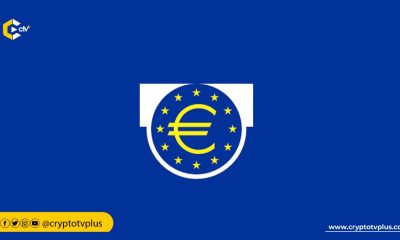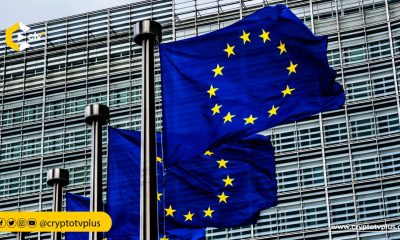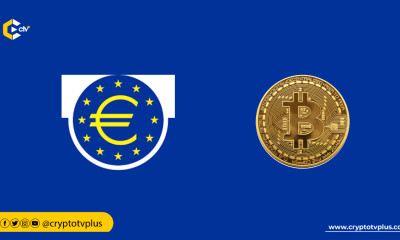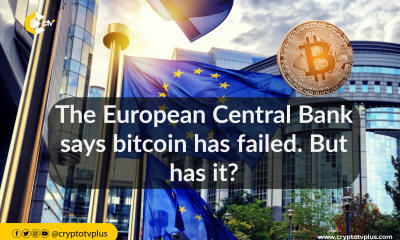News
ECB publishes digital euro progress report; enters preparation phase
The European Central Bank (ECB) is finalizing its moves for the development of its digital euro project, which began in November 2023. In a second progress report published recently, the ECB has noted progress to its endeavour.
The progress report, highlighting a critical stage, aims to lay the groundwork for the potential issuance of a central bank digital currency (CBDC) for the eurozone. Key activities in this phase include finalizing the digital euro scheme rulebook and selecting providers for developing the necessary platform and infrastructure.
This phase also involves extensive testing, experimentation, and dialogue with the public and stakeholders to ensure that the digital euro meets user needs and adheres to the Eurosystem’s stringent requirements. Regular updates are provided in detailed reports documenting the progress of the project.
A digital euro for the modern age
The digital euro is envisioned to complement cash by providing secure and reliable access to public money in the digital era. It aims to benefit consumers, merchants, and payment service providers by offering fair fees for merchants, enhanced privacy for users, and bolstering the European payments landscape.
The digital euro scheme rulebook, which incorporates input from consumers, retailers, and payment service providers, is being designed to simplify and standardise payments across the euro area. New research is also underway to better understand public expectations of a digital euro. The ECB is collaborating with stakeholders to test innovative payment solutions and explore potential use cases.
Key developments and next steps
The preparation phase builds on insights gained during the investigation phase, which ran from October 2021 to October 2023. During that period, the ECB studied various design options and distribution models in close collaboration with EU policymakers and market participants. These findings shaped the decision to proceed with the preparation phase.
Check out: 65% of Spaniards show little interest in the Digital Euro, according to a survey
The ECB’s efforts to introduce a digital euro date back to October 2020, when the Governing Council published an initial report exploring the feasibility of a digital euro. Nine months later, the digital euro project was officially launched.
The latest progress report, covering the period from May to October 2024, highlights the project’s advancements and sets out plans for the next steps. This includes the continuation of testing, refining the rulebook, and engaging with stakeholders to ensure the digital euro aligns with Europe’s economic and societal needs.
According to the ECB, they remain committed to ensuring that the digital euro project supports a seamless, secure, and inclusive payment ecosystem for the eurozone. As the project advances, it seeks to keep pace with the digital age while maintaining the trust and stability that are hallmarks of central bank-issued money.

























1 Comment